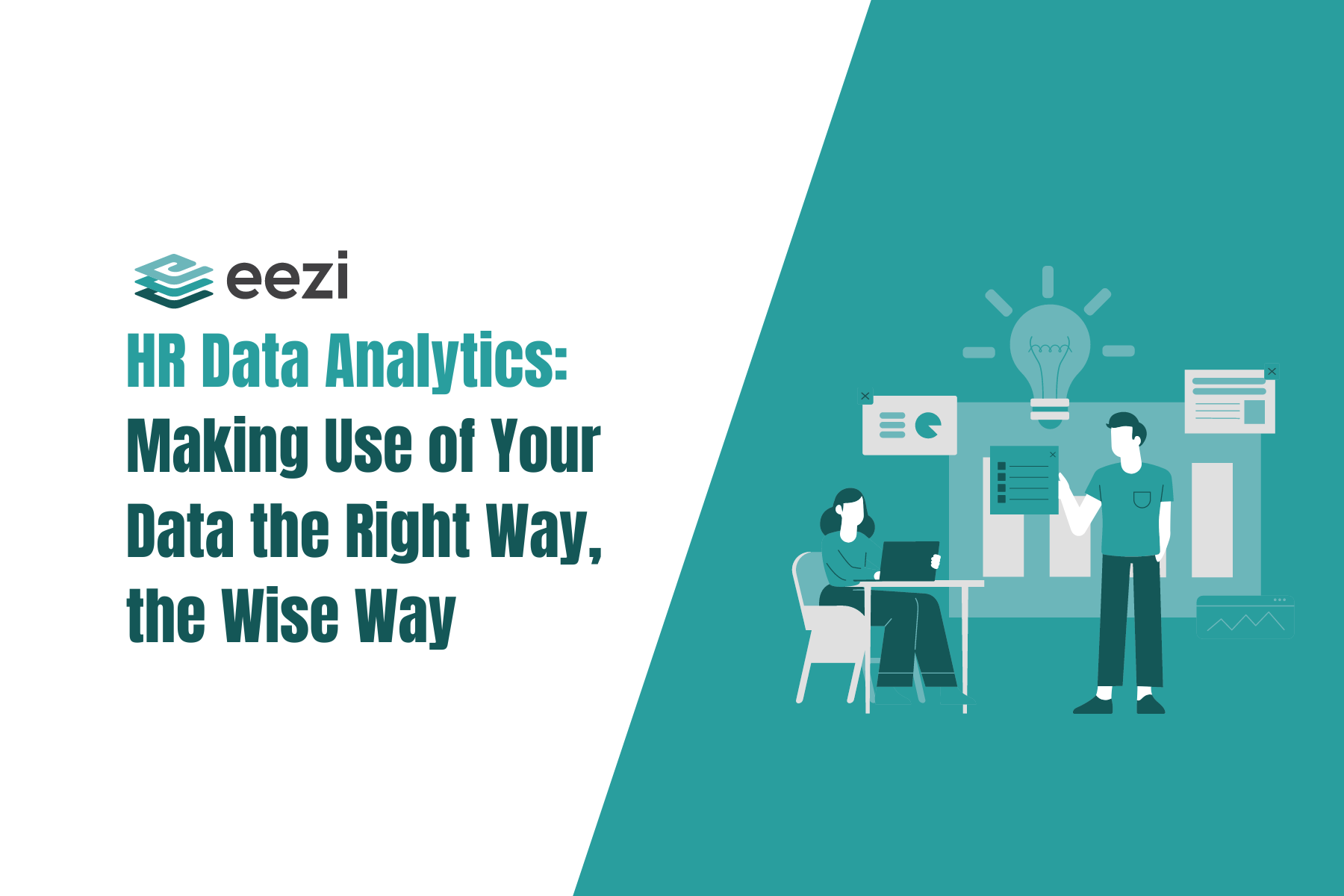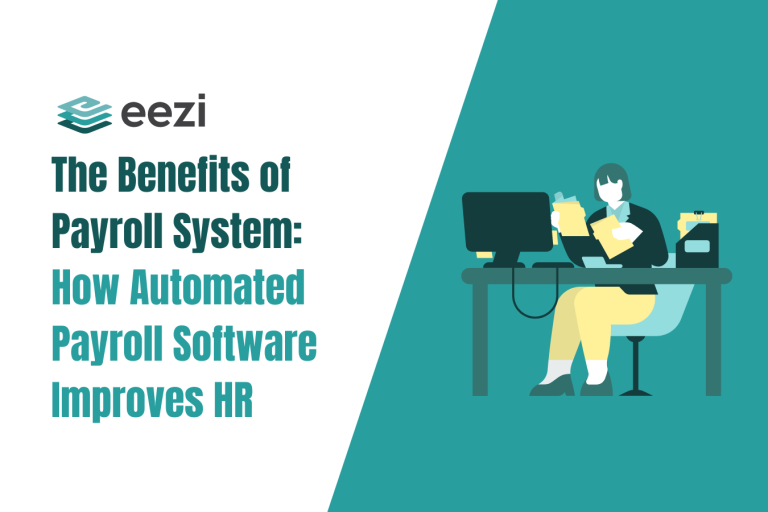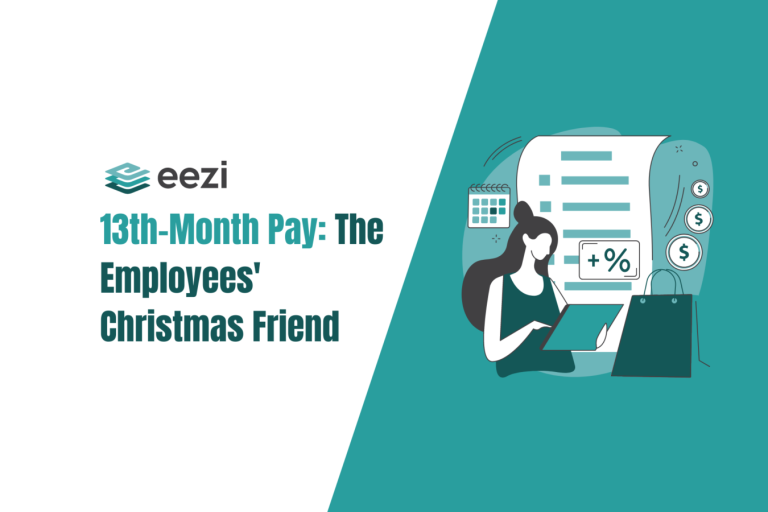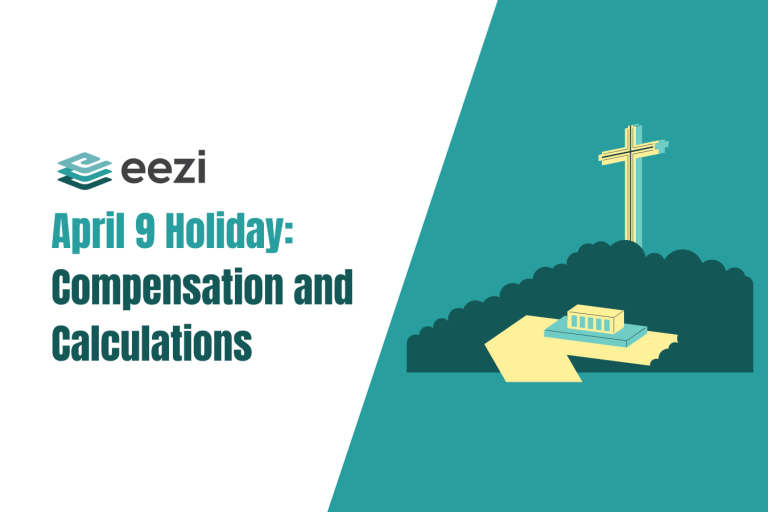What is HR data analytics and how can it help businesses of any size improve decisions and make better predictions for planning?

Data is everywhere around us. Orders online, account registration, music playlist, and the websites you visit—all of them are made of data and in some way collect data from you.
With all the data being freely shared, the business world has become a largely data-driven industry. Since data is free, what makes the difference is how you use your relevant data. Businesses seeking success compete by using data wisely and effectively, and they do this by carefully analyzing the data they have.
What is data analytics?

Data analytics is analyzing raw data collected to find possible trends. From them, one can make conclusions, turning this raw data into useful information. Data analytics nowadays is mainly done with the help of machines and automated systems. Moreover, many businesses use data analytics to empower their decision-making.
What is HR analytics?
HR analytics or HR data analytics is the use of data analytics in human resources. It is a data-driven procedure of collecting and analyzing data from your human resource operations, organizing the same, and drawing conclusions from them.
Often, HR analytics is also referred to as people and workforce analytics. But is there a difference between these three terms? Or are they one and the same? We discuss them below.
HR Analytics

HR analytics deals with the data exclusively for the use or functions of human resources management, called HR metrics. It includes things like the effects of time to hire, training efficiency, the cost of employee training, and employee turnover, among other things. These events and decisions are measured in terms of their impact on the business, and the results are called HR analytics metrics.
People Analytics

People analytics deals with data about people in general, not just employees. It is also concerned with customer data. People analytics is an all-encompassing method that includes HR data, employee productivity and performance, and customer feedback. People analytics interprets all these data in conjunction to help make informed decisions and improve overall business performance.
Workforce Analytics

Workforce analytics encompasses all company human resources. This includes permanent, contractual, remote, on-site, consultants, freelancers, side-hustlers, or any hired by the company in a working capacity. Furthermore, workforce analytics deals with employee data, such as employee experience and skills, employee performance, and internal mobility. The results of workforce analytics tell employers how to refine the hiring process and where to apply automation. In some cases, it can also give insight into the possibility of integrating AI to replace employee roles.
What are the levels of HR data analytics?

Data has to go through four (4) levels of HR analytics for businesses to maximize its use. As such, HR data analysis involves descriptive, diagnostic, predictive, and prescriptive processes.
Descriptive HR Analytics

The first stage of HR data analytics is descriptive analytics, otherwise known as operational reporting or observation and reporting.
Descriptive analytics is making observations and analysis of the company’s historical data for a certain period. It also involves translating what it means for the business.
Ultimately, it aims to describe things like the sales of a particular product from the past six months or the turnover rate over the past year.
Example:
A fast food chain company reviews the employee turnover rate for the past year. Based on company data, an average of 2-3 employees leave per month from January to July. For August to September, an average of 9-10 employees leave per month, while October to December sees an average of 1 employee leaving the company per month.
Result:
For this example, descriptive analytics will report a rise in the turnover rate during August and September and a drop from October to December. Additionally, it will also report the highest turnover rate occurring during August and September and the lowest occurring between October and December.
Diagnostic HR Analytics

The second level of HR analytics, called diagnostic analytics or advanced reporting, focuses on the reasons behind the rise or fall in the statistics presented by descriptive HR analytics. This level requires deeper analysis of different data to determine the correlation that possibly leads to the rise and drop of certain aspects of the business.
Result:
Given our example, data analysis revealed that 75% of the employees who left in August and September were students. Moreover, 65% of the rest of the employees who left were high performers for at least six months and were not given a raise in compensation or promotion. Lastly, August and September mark the start of classes for most schools. Therefore, the rise in turnover rate during these months can be associated with employees leaving for school, especially since most employees who left were students.
Predictive HR Analytics

Predictive HR analytics is the third level of HR analytics. This deals with predicting possible business outcomes in the near future from the analysis of historical data.
It also factors in possible correlations between them, which then allows the business to predict possible actions. Once this information is available, businesses can mitigate potential issues that may arise or improve upon the situation. Predictive analytics enables enterprises to make hypotheses and test them.
Results:
A possible predictive action for the example mentioned above is to provide incentives or bonuses for high performers in the business if a permanent raise in compensation or promotion is not a viable option.
Having a “Hall of Fame” like Top Ten Performers for the Month, throwing an occasional celebratory lunch or dinner for the company to honor top performers, or any action showing that good performance is being appreciated can be a good motivator for employees to stay.
In the case of employees leaving to go to school, employers may consider hiring non-student applicants or those have no immediate plans to return to school within a year.
Prescriptive HR Analytics

Prescriptive analytics is the final level of HR analytics strategy. The goal of prescriptive analytics is to provide a feasible action that will result in the best probable outcome. Analysts do this by drawing from the results of the previous three stages of HR analytics and the data itself.
This stage of HR analytics allows companies to predict possible future scenarios and outcomes. In addition, it also helps to plan for them appropriately.
Results:
Prescriptive analytics determines that, for the second scenario, the best course of action is providing monetary or supply incentives for top performers. This is in addition to proper recognition or bragging rights, like a version of “Hall of Fame” to ensure employee retention.
Why HR Data Analytics is important your company
Hr data analytics provides many advantages for the business. In today’s data-driven world, HR analytics has become a vital segment of any business’ strategic decision-making that provides actionable insights.
Informed Decision-Making
HR analytics helps businesses analyze data fully to make the correct correlations and predictions about them. It also helps businesses plan the necessary adjustments and course of action.
Effective HR Intervention
The analysis of data allows HR to detect any existing or potential issues the business may have so they can intervene accordingly. There can only be effective intervention if HR has a thorough knowledge of what to do when to do it, and where to apply it. This knowledge can come from HR analytics.
Optimized Onboarding Process
HR analytics deals with HR metrics like turnover rate. HR analytics also investigates the reasons behind the rise or drop in turnover rates, and why employees leave in general. With the knowledge of why employees leave the company, HR professionals can optimize the onboarding procedure. This includes adding or adjusting requirements and qualifications. With this, only the right candidate can qualify for positions in the company.
Enhanced Employee Performance, Productivity, and Experience
Effective analysis of company data empowers your HR department to have an insight into how to boost employee engagement, performance and productivity. In addition, it improves their overall experience. Human resource analytics enables the company to provide employees with all the necessary resources, a conducive work environment, and any other considerations to improve the employee experience.
Automated Essential Transactions and Tasks
A deeper understanding of historical data grants the business the necessary insight into what transactions and tasks are to be automated and when to do them. The automation of the correct tasks and transactions and the proper timing of the integration of their automation are key factors in the success of a business. Automating repetitive and tedious tasks relieves some of the stress from the employees and possibly makes the process faster and more efficient.
Lower Turnover Rate
Good HR analytics provide HR with the reasons behind the shifts in turnover rates and why employees leave the company. Having the cause of employee turnover within the HR management’s arsenal helps the HR mitigate any issues with employee relations and solve problems regarding employee work conditions if there are any. These actions, in turn, help reduce the instances of employees leaving the company.
Better Business Future Prediction and Planning
The results of HR analytics allow companies to gain good business intuition. The descriptive, diagnostic, prescriptive, and predictive analytics results of a company’s historical data help management make predictions about the business’s future and plan their business strategies and decisions accordingly.
Industry Competitiveness
Businesses need one absolute factor to be present for success, competitiveness. The contribution of HR analytics to a business’s competitiveness can be immense. It can range from more informed decision-making and effective HR intervention to an optimized onboarding process and enhanced employee performance.
As a result, analytics enhances productivity and experience. In addition, it automates essential transactions, lowers turnover rate, and improves business future prediction and planning. Ultimately, these all contribute towards the business’s capability to compete in the industry they belong in.
Make data analytics eezi
Avoid bleeding resources and save more for your business. Get a clear picture of your organization and make more informed decisions with eezi‘s analytics dashboard.



